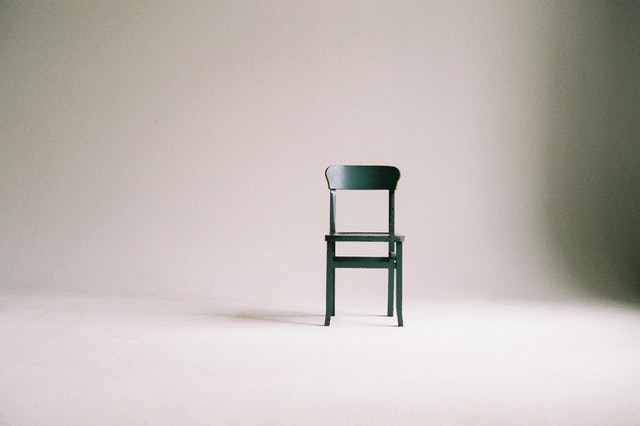Rivers of Opportunities March 13-14 2014
International conference in Gdansk, Cultural impact for planning of waterfronts.
Personal review
For me as an independent cultural planning consultant it was very interesting to see and listen to the work that is undertaking in Gdansk as for citizens/civil society driven development in partnership with private investigators interest in the same areas. The waterfront and the remains of the iconic shipyard where the Solidarity oppression rose and later led to the fall of Soviet Union and the Eastern Block. As a surprise for me, almost the whole city of Gdansk was not older than 65 years. All rebuilt after World War II in the same way it was previous. Medieval buildings as theatre sets, but also not at all neglect the citizens and the city’s need for historic coherence and narration.
The conference led to several good perspectives on how to look upon parcipatory processes and mobilizing structures for impacts on the planning of the vast areas along the river. Old workshops and sheds and remains of the work. Combined with new investments as the Solidarity centre which will serve as the cultural main venue for the area and to present exhibitions, research and culture. Just close to the entrance of shipyard N:o 2 and the Solidarity monument. Since a very small part of the land is public it is a delicate task to bridge community interests into the scope combined with gained insights from private landowners that the development plan will benefit both interests.
The presentation and guiding by the architect, who was assigned by the investors and property owners showed, from my point of view a very humble and intuitive attitude to this huge work.
My cultural planning interpretation shared the ideas of combining developing hidden/secret areas into halting points where visitors would get a new experiences and something to remember as well as citizens can share the same. Places that are accessible and attractive. To give an authenticity of the place, that will give a visitor a good reason to come back. A sustainable place is shared by both citizens and visitors.
The following discussions also showed some distrust against private capital and investors. Although the shared view from the panellists was positive to what was presented.
For summary, two days of interesting views from different cultural actors from the River//Cities. And a good insight in the city of Gdansk and the work done there. To me it also made clear connection to the work in Govan, Glasgow, to which I been closely connected to. The old shipyards at River Clyde waterfront is now in a development phase. One difference is that community spirit is much more present in Govan than in Gdansk. The heritage is also much more present there, which could be something for the Solidarity Centre to target more. They are, in their location, the perfect community centre and the bridgehead for a cultural based mobilization.
Tomas Dahlberg
Creative Communities
Independent Cultural planning advisor
2014-03-23
